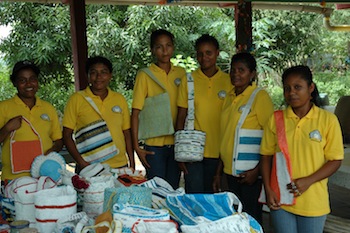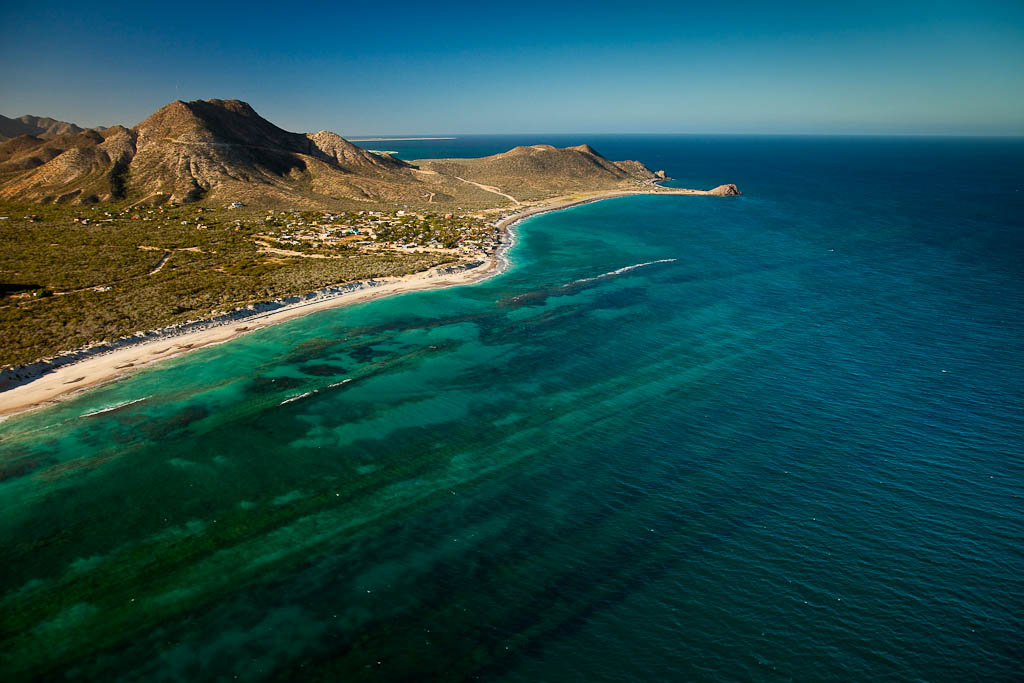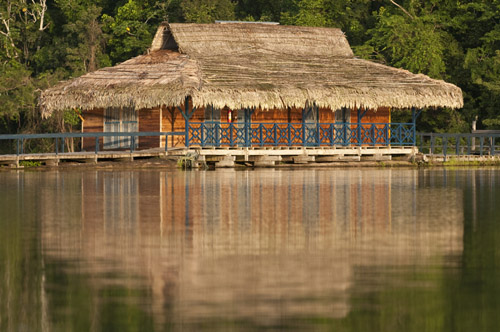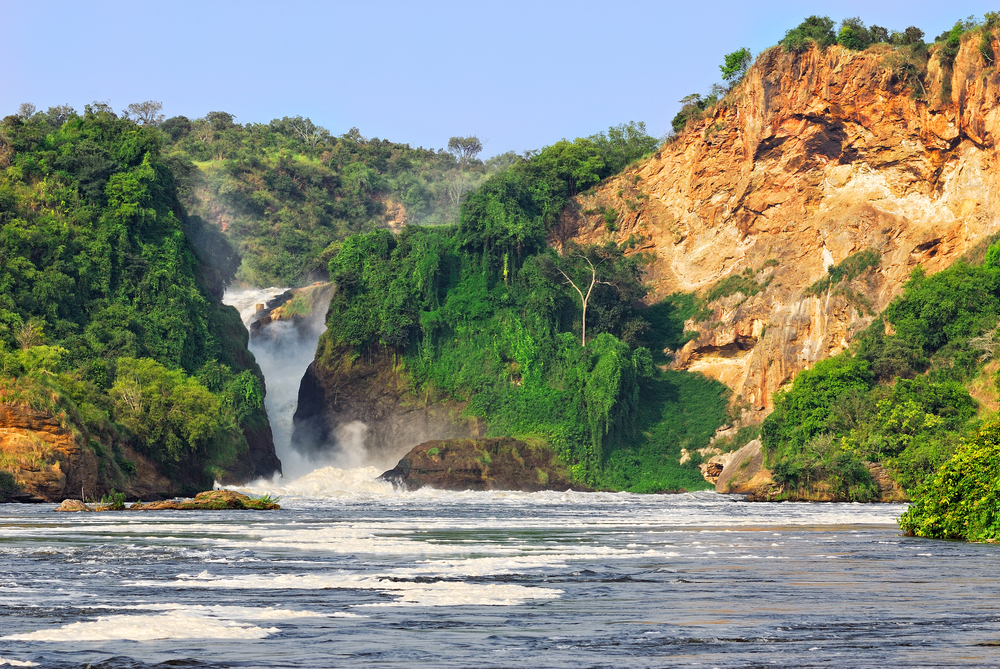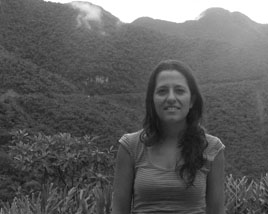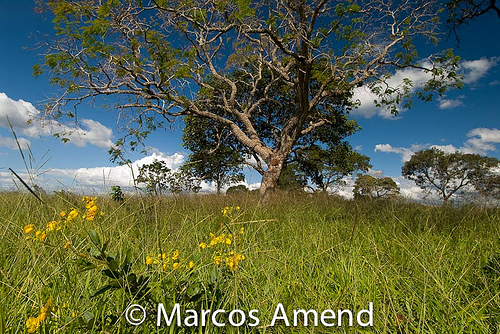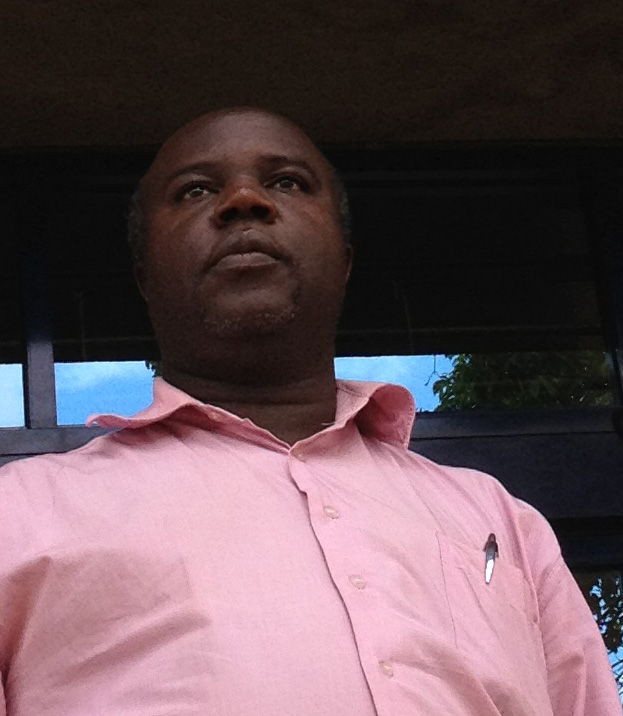News
The second year of the Biodiversity Conservation on Public Lands in the Amazon has begun! Between October 22 and November 4, CSF staff conducted their second visit to assess the technical development of business plans in indigenous lands relating to the sale of Brazil nuts, açaí berries, and arapaima fish. In addition, staff collected data on Brazil nut production by the Apurinã indigenous families. They visited associations and organizations in the municipalities of Cacoal, Humaitá Lábrea, and the Caititu indigenous territory. For more information please visit our Projects page.
In October 2012 CSF completed and delivered business plans for Tourism in Indigenous lands (the Paiter-Surui and Parintintin). The plans were part of the Garah Itxa project on Ethnoenvironmental Corridors in the Brazilian Amazon. At the project's closing event, CSF launched a publication with the compilation of the main results of the project. To obtain this publication and learn more about business plans visit our Projects page.
David Johnson, currently a professor at Harvard University, has been teaching microeconomics with CSF since 2004. When asked if economics can alter the way environmentalists approach conservation, he had this to say:
ASOARTESANAS, a cooperative of women that collect and prepare plastic bags to be crocheted into eco-bags, were recognized at Rio+20 in June with the Equator Prize by the United Nations Development Program (UNDP). ASOARTESANAS was one of the 25 selected out of 800 applicants to receive this $5,000 prize, as well as one of 10 who received an additional $20,000 special recognition award at the conference on sustainable development.
This week Mexican President Felipe Calderón withdrew the permit for a 9,400 acre development of a mega resort adjacent Cabo Pulmo National Marine reserve on the southern tip of Baja California. Its proximity to a 20,000-year-old reef and hundreds of species turned this project into a global concern. 2011 CSF Economic Tools for Conservation Graduate Paulina Godoy Aguilar of Amigos para la Conservación de Cabo Pulmo AC, had a big hand in this victory. Because of her efforts and those of many other conservationists and activists alike, hundreds of species and thousands of coastal acres have been saved.
Read the full story here: http://www.oceanfdn.org/blog/?p=611
In April, CSF held the third workshop of the CSF Project for Tourism in Indigenous Peoples' Lands Paiter-Surui and Parintintin. We discussed the final details of tours and infrastructure, the market study data, and the financial viability of the businesses. The project aims at developing a business plan for tourism for each indigenous area. The process of preparing the plan is done in a participatory manner, with decisions made collectively. In addition to discussing the business aspects, the CSF workshops also provide an opportunity to empower indigenous people. As each stage of the project is completed, participants enjoy a greater level of community involvement.
The Albertine Rift is the 920-mile long western area of the East African Rift, covering parts of Uganda, the Democratic Republic of the Congo, Rwanda, Burundi and Tanzania. It runs from the northern end of Lake Albert to the southern end of Lake Tanganyika. Formed over millions of years, the Albertine Rift is the result of two tectonic plates that once collided and are now slowly moving apart. This geologic activity has created some of Africa's tallest mountains and many of the world's deepest lakes. In addition, the unique variation in elevations has contributed to the diversity of habitats that include wetlands, alpine grasslands, lowland and montane forests, and woodland savannas. Within these habitats, one finds everything from active glaciers to volcanoes.
As CSF's new BUILD Program Operations Manager, Irene Burgués Arrea has found herself traveling all over the world in order to promote biodiversity conservation through infrastructure best practices. From her native country of Costa Rica, to the forest of Uganda (with stops in Bolivia and Brazil in between), Irene is jumping right in.
In early December, CSF’s Marcos Amend delivered economics know-how to students in the Professional Masters for Protected Area Managers program run by INPA (National Institute for Amazon Research). The program's objective is to train managers to face the challenges of protected areas management in Amazon region. This is the second time CSF has contributed to the program, which was founded by CSF course graduate Rita Mesquita.
An hour drive from Kampala lies the Mabira Forest, one of the few remaining natural forest reserves in Uganda. Rich in biological diversity, the forest contributes to the livelihood of the adjacent communities and provides an opportunity for ecotourism. In 2009 the Sugar Corporation of Uganda Limited (SCOUL) requested permission from the government to use part of the Mabira Central Forest Reserve for sugarcane growing. CSF graduate Ronald Kaggwa took action. An environmental economist at the Uganda National Environmental Management Authority (NEMA), Ronald conducted an economic analysis to prove that the net benefits of conservation far outweighed those of sugarcane.

